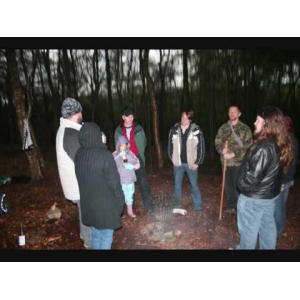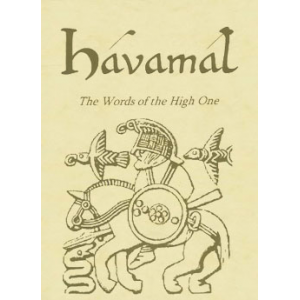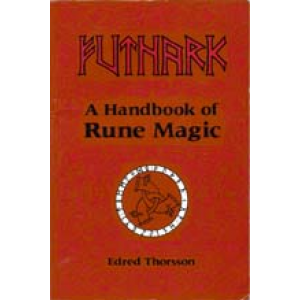
Religion plays a large part in many white supremacist movements. Not just because it seems to be an easy scapegoat and, especially in the
United States, an easy way to claim discriminatory speech is protected. Social movements generally contain elements that challenge the way a dominant system works, and so new sub-cultures are created as an answer to the prevailing system. This is also a result of peoples’ tendency to seek identity within a group setting—religion offers an easy way to do that. Dobratz writes, “Although religion may be viewed as an individual matter, it is mainly a shared experience that links one human being to others; bond and tradition are major concepts associated with religion…they [religions] can also be used to foster collective identity in various social movements.” Odinism is not at all unique in its use of religion to inspire ethnic conflict. This is a tactic we often see used against Judaism, the idea that the Jews are somehow “different.”
In 2001, a Professor of Religious History at the University of Stockholm minced no words when asked about neo-paganism, and more specifically Odinism, in white supremacy. He asserted that, in the 1990’s, neo-paganism had overtaken Christian Identity movements in white supremacy. In The Role of Religion in the Collective Identity of the White Racialist Movement, Odinism is specifically named as one of the three religious affiliations that has been most influential in influencing and developing the white nationalist/racialist movement. This article makes a separation between racial Odinism and other neo-pagan religions. While most other neo-pagan groups tend to see their religion as somehow “universal” in scope and would normally be classified as quite liberal, Odinists, “do not believe in universal religions…unlike most other neopagans, support neotribalism, emphasize racial purity.” It is important to note that the lack of belief in a universal religion is something generally attributed only to Folkish Odinists. There is much Universalist literature suggesting belief in the idea that the Old Norse gods are simply different iterations, or even only different names, of the same pagan gods worshiped worldwide.
It has been suggested that, “religion, broadly conceived, offers the most promising path toward realization of the white nationalist dream” (Dobratz). As a broad category, religion is very helpful in recruiting for new movements. It works to provide a common history and group identity, something very attractive to potential recruits. While they may privately compete among themselves, the number of different religions that have parts in the white supremacist/white nationalist movement actually serves to attract more members than if it were homogenous. Dobratz writes, “The different religious views provide alternatives from which people can choose.”
Lately, however, Odinism seems to have become the go-to religion of white supremacists who are disillusioned with
Christianity. As churches have become both more liberal and more accepting of changing societal norms (such as homosexuality or women clergy), more and more interest in Odinism and other “ancestral religions” has popped up. Frank DeSilva, a member of the Silent
Brotherhood, argues that a break from Christianity in favor of Odinism is occurring within white supremacy. “Religion is for the race-culture that created it. In consequence to this, the movement is becoming increasingly non-Christian.” He goes on to cite the fact that religions are become more integrated or “non-white” as a main reason for this shift. The idea of Christianity as a Jewish plot is also gaining popularity. In a rare case of reasoning that is (somewhat) logical, one reason for white supremacists reject Christian movements is explained—
“I’m an Odinist, and I really wish that all this Christian Identity stuff would just like fade away…me and a lot of my friends just think that it’s the stupidest thing around—Christian Identity. I mean, I believe Christianity is Jewish. I mean, in nature, Jesus Christ was Jewish—it comes from the Middle East—it’s a Middle Eastern religion. I don’t think it’s for us as a racial movement—why should we take a Jewish religion if we’re so anti-Semitic?”
Books in PDF format to read:
Israel Regardie - The Art And Meaning Of Magic
William Alexander Craigie - Religion Of Ancient Scandinavia
Stephen William Hawking - Space And Time Warps
Sandra Ingerman - Shamanic Journeying A Beginner Guide
John Arnott Macculloch - The Religion Of The Ancient Celts



